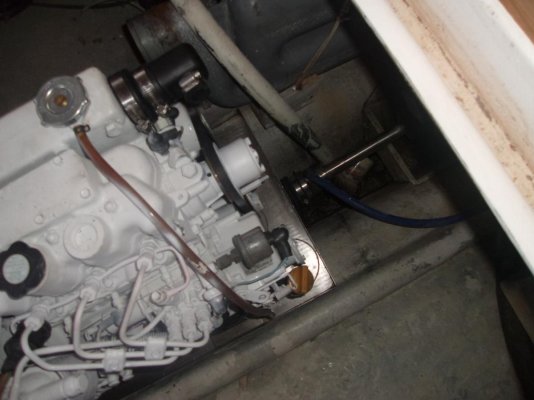Hi to all!
I was wondering what would your thoughts be on the following subject:
Use of a Yamaha 9.9 High Thrust as an auxiliary engine in case something goes wrong with the main engine. The boat is a Mainship 34 TRAWLER, 2006 model, single Yanmar 370 hp, at 20,000 lbs weight. The aux engine will be mounted on the swimming platform, most probably on the left side of it, so that the propeller can catch the water without any obstruction from the center line tunnel, main propeller etc. The boat is not used on a lake or river, but on the sea, so it is possible to have to deal with some short of wavy seas, occasionally.
So, the question is: Will the Yamaha be able to push this boat with some minimal speed of say 2 to 3 knots, in order to get safely to the closer shore, in case main engine fails?
What do you think?
Thanks much, once more, for your thoughts.
Paris
I was wondering what would your thoughts be on the following subject:
Use of a Yamaha 9.9 High Thrust as an auxiliary engine in case something goes wrong with the main engine. The boat is a Mainship 34 TRAWLER, 2006 model, single Yanmar 370 hp, at 20,000 lbs weight. The aux engine will be mounted on the swimming platform, most probably on the left side of it, so that the propeller can catch the water without any obstruction from the center line tunnel, main propeller etc. The boat is not used on a lake or river, but on the sea, so it is possible to have to deal with some short of wavy seas, occasionally.
So, the question is: Will the Yamaha be able to push this boat with some minimal speed of say 2 to 3 knots, in order to get safely to the closer shore, in case main engine fails?
What do you think?
Thanks much, once more, for your thoughts.
Paris



